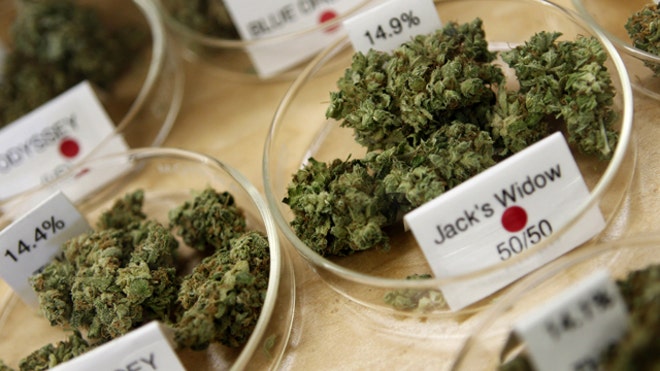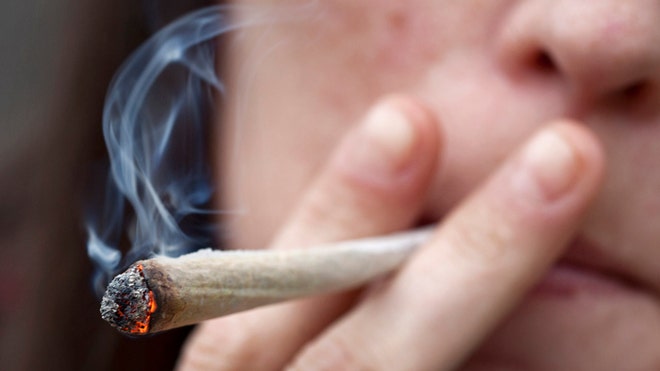| “Despite the tendency of marijuana users to experience the “munchies,” pot smokers may have a lower risk of obesity that those who don’t use the drug, a new study finds.” |
“The results show the prevalence of obesity is lower among people who frequently smoke pot compared with those who have never inhaled.
The researchers said they were surprised by their initial results, because they expected to find the opposite. So they examined a second sample of people, and found exactly the same result. Together, the two samples studied more than 50,000 people.
The reason behind the link is not clear. It could be that people who use cannabis also engage in other behaviors that lower their obesity risk. Or it may be that pot smokers exercise more or have a specific diet that keeps them thin, said study researcher Yann Le Strat, a psychiatrist at Louis Mourier Hospital in France.
“On a personal point of view, I would be surprised that cannabis use is associated with a higher rate of physical activity, but this cannot be ruled out,” Le Strat told MyHealthNewsDaily.
Another possibility is that components of cannabis may help people lose weight. If this turns out to be the case, researchers should investigate which components these might be and try to put them into drug form, Le Strat said.”
Read more: http://www.myhealthnewsdaily.com/1651-cannabis-obesity-risk.html









